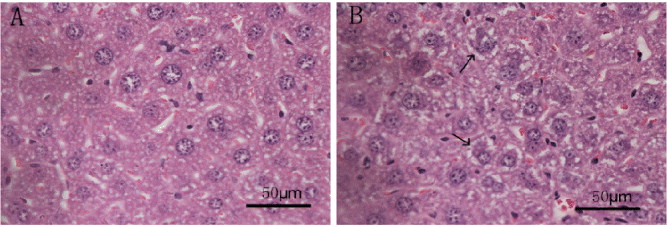The endoplasmic reticulum (ER) is the subcellular entrance for a number of secretory and structural proteins as well as the site of biosynthesis for steroids, cholesterol, and other lipids. It provides a unique environment for appropriate protein folding, assembly, and disulfide bond formation, leading to production of functional, mature proteins. It is known that homeostasis in the ER is monitored and maintained via a coordinated adaptive program, the so-called unfolded protein response (UPR). A number of pathophysiological insults lead to accumulation of unfolded proteins in the ER and cause ER stress( Reference Hetz 1 , Reference Walter and Ron2 ). These include hypoxia, nutrient (glucose) deprivation, alterations in the redox balance, changes in calcium homeostasis, failure of posttranslational modifications and increases in general protein synthesis( Reference Lee 3 ). Exercise is a major challenge for organs, particularly for the liver due to its central role in the maintenance of glucose and lipid homeostasis and its function as the energy supplier for working muscle. Rodent models of exercise can serve as useful models to study exercise-dependent regulation of signal transduction pathways, gene expression and protein levels in the liver because of the limitations in investigating the hepatic response in humans( Reference Hoene and Weigert 4 ). The present study determined the effect of a single bout of exhaustive exercise on ER stress biomarkers at gene and protein levels in liver from a single bout of exhaustive swimming in C57/BL6 male mice. It was found that the levels of glucose-regulated protein 78 (GRP78), the activity of double-stranded RNA-dependent protein kinase (PKR)-like ER kinase (PERK) and the activity of inositol-requiring enzyme 1 (IRE1) of ER stress biomarkers in liver from the exhaustive swimming mice were significantly higher than those of control mice. Furthermore, the gene expression of GRP78, spliced X-box-binding protein 1 (XBP1s), C/EBP homologous protein (CHOP) and growth arrest and DNA damage-inducible protein (GADD34) of ER stress biomarkers in liver from the exhaustive swimming mice were also significantly higher than those of control mice. The levels of blood glucose and liver glycogen from the exhaustive swimming mice were significantly lower than those of control mice. Hepatocyte swelling only from the exhaustive swimming mice was also observed (Figure). These results indicate that a single bout of exhaustive swimming may enhance ER stress in liver, which may be related to liver glycogen storage and consumption.

A: normal hepatocytes from control mice; B: swollen hepatocytes (arrows) from a single bout of exhaustive swimming mice.


